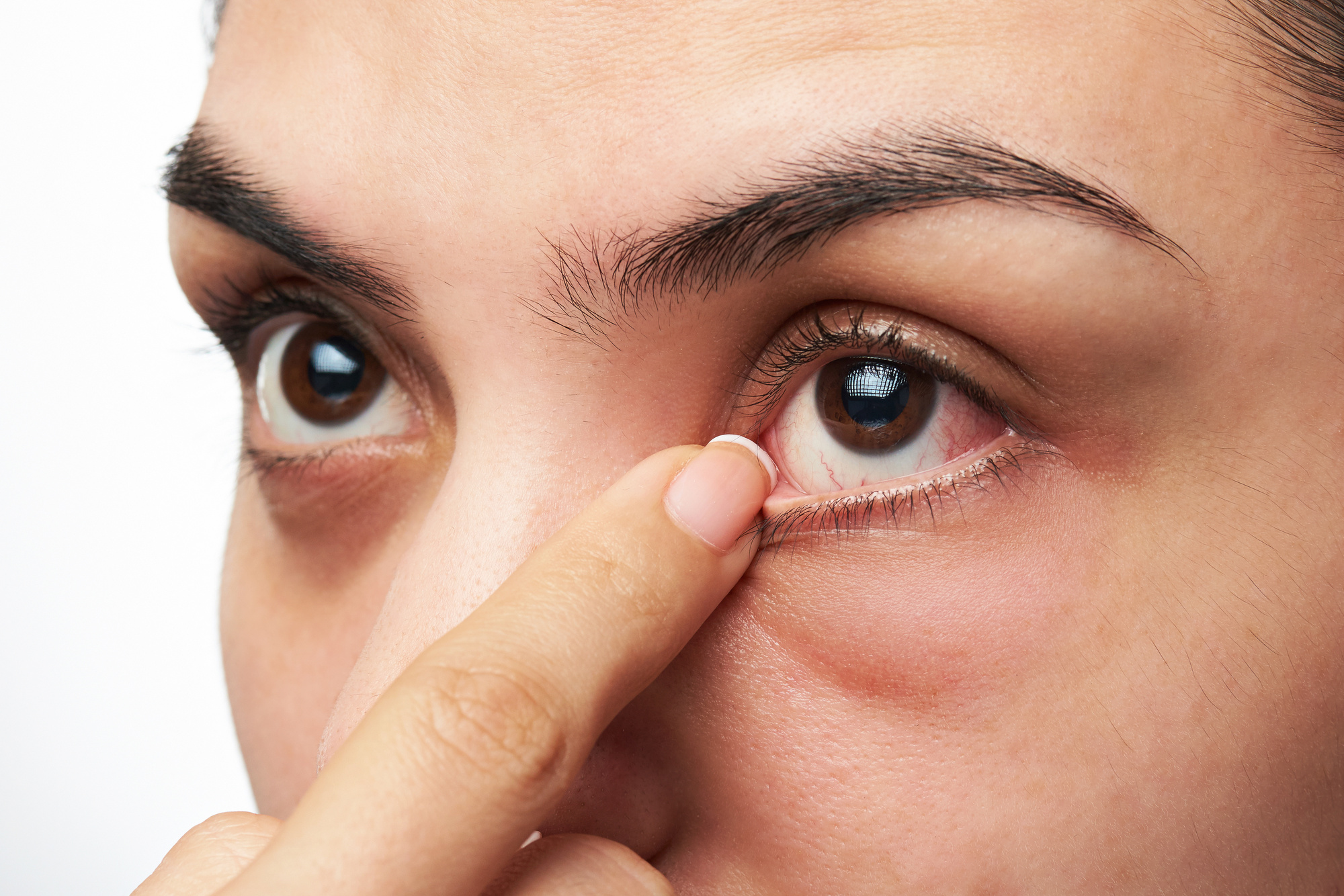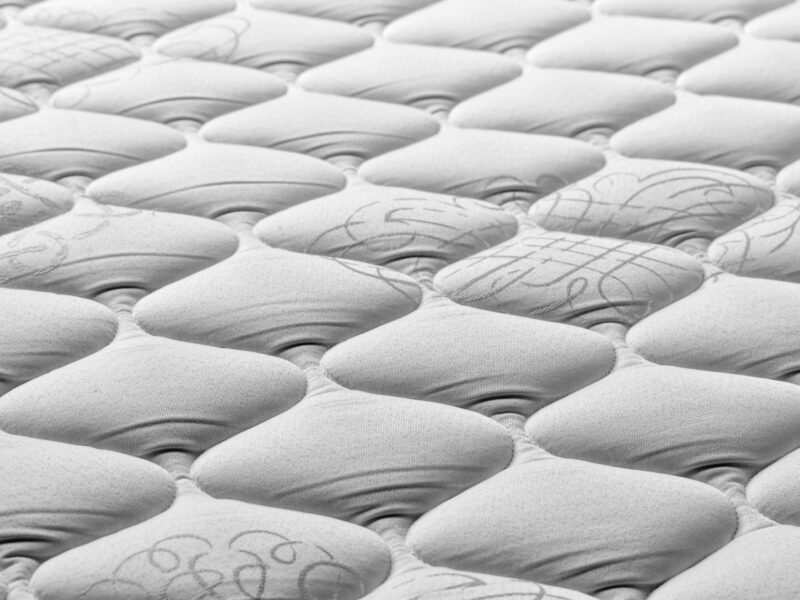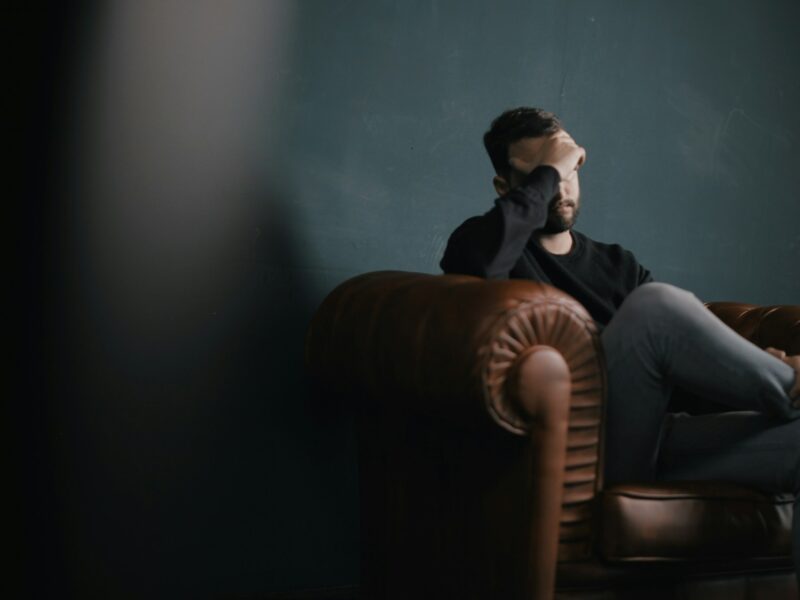If your eyes are feeling dry, it may not just be a temporary annoyance.
Over time, dry eye can cause vision impairment, eye damage, and more. That’s why it’s so important to know the signs of dry eye.
There are a number of dry eye signs and symptoms, and some are more subtle than others. The sooner it’s caught, the easier it is to manage.
If you or a loved one is experiencing dry eyes, read on. We’ll go into detail about what to watch for.
How to Spot the Early Symptoms of Dry Eye Syndrome
Often the earliest signs of dry eye symptoms are noticeable in your eyes. It’s important to be aware of these eye signs of dry eye, so that the condition can be caught and treated early.
Redness and irritation are one of the first signs of dry eye. Along with this, people may also experience burning or foreign body sensation and sharp stabbing pain in eye. Eye fatigue, light sensitivity, and difficulty wearing contact lenses can also signal dry eye.
If you experience any of these symptoms, visit an optometrist or ophthalmologist for a professional assessment and to develop a treatment plan that is right for you. Through prompt identification, you can take steps to keep your eyes healthy and protected, while managing your dry eye syndrome.
Types of Dry Eye Disease
Dry eye disease is a common and often chronic condition that refers to an inability of a person’s eyes to produce sufficient tears to lubricate and nourish the eyes.
Here’s the list of the different types of dry eye disease.
Aqueous Deficient Dry Eye:
With ADDE, the lacrimal glands, which produce the majority of the aqueous component of tears, do not produce enough tears. Symptoms of ADDE can include gritty or sandy feelings in the eye, pain or burning sensation, and frequent eye irritation.
Long-term effects can include damage to the corneal surfaces, which can lead to vision problems. Treatment of ADDE usually involves artificial tears. It can also include using custom lenses such as scleral lenses and ortho-k lenses.
In more advanced cases, punctual plugs may be used to help retain the aqueous component in the eye. Prescription medications, such as Restasis, may be prescribed to increase tear production.
Evaporative Dry Eye:
It is the most common form of dry eye, accounting for up to 85% of all dry eye cases. It occurs due to an imbalance in the composition of the meibomian glands. This produces the protective lipid layer of the tear film that helps to prevent evaporation of the outermost layer of tears.
Symptoms of EDE are typically dry, gritty, irritated or burning eyes, sensitivity to light. It also includes frequently rubbing or shutting the eyes due to discomfort.
Treatment is typically aimed at restoring the integrity of the meibomian glands and the tear film to reduce tear evaporation. Treatment options include topical medications, nutritional supplements, and lid-warming compresses.
Mixed Dry Eye:
People who suffer from mixed dry eye generally have multiple causes for the development of their symptoms. An imbalance in the amount of oil or poor quality of oil produced can cause mixed dry eye.
Other causes may include environmental factors, a decrease in blinking due to digital device use or everyday environmental stress, or systemic diseases such as Sjogren’s Syndrome.
Treatments for mixed dry eye include the use of lubricating drops, punctual plugs which reduce tear drainage, supplements, lifestyle changes, and prescription treatments.
What Can Dry Eye Be a Sign Of?
Dry eye can be a sign of something more serious than temporary eye discomfort. For some, it can be an indication of an underlying neurological disorder such as multiple sclerosis. It can also point to worsening vision, which is something that might be more serious than people think.
Dry eye can also be an indication of autoimmune diseases like lupus, Sjögren’s Syndrome. People with thyroid disorders or taking certain medications can also experience dry eye as one of the side effects.
It is important to understand that excessive dryness can be a symptom of something more serious and should be taken seriously. Regularly monitoring changes in eye dryness should be done to prevent any complications. It is best to see an eye doctor to ensure that the problem is taken care of.
Tests That Diagnose Dry Eye
Schirmer’s test is the most common. It involves the clinician placing a filter paper strip underneath the patient’s lower eye lid. Another test is a tear film break-up time (TFBUT) test. It measures the amount of time a patient’s tear film takes to break apart.
Meibomian gland expressibility is also an important diagnostic test. The clinician manually squeezes the eyelid to determine if there is visible meibum secretion. And lastly, an Ocular Surface Disease Index (OSDI) questionnaire can be used to determine the discomfort and irritation associated with dry eyes.
How to Prevent Dry Eyes
Begin by lessening your amount of screen time. Look away from your devices and take breaks throughout the day. If you spend a lot of time working on computers, try using the 20-20-20 rule. It is where you take a 20-second break to look at something 20 feet away after every 20 minutes. Blink frequently when looking at screens, and make sure to blink fully, allowing your eyes to be moistened.
Humidify your home during winter months and wear protective eyewear when outdoors. Ensure you are consuming a balanced diet which is free of trans fats and smoking.
Know the Signs of Dry Eye and Take Immediate Action
Dry eye can cause a range of symptoms, from uncomfortable foreign body sensations to blurred vision. The signs and symptoms are best recognized by looking for changes in visible signs of the eyes, such as irritation, redness, and tears.
If any of these signs of dry eye are noticed, it’s important to take timely action. Be sure to talk to your doctor if you’re noticing any of these symptoms to see a diagnosis and recommended treatment plan.
If you find this article educational, make sure to browse our blog for more interesting reads.




